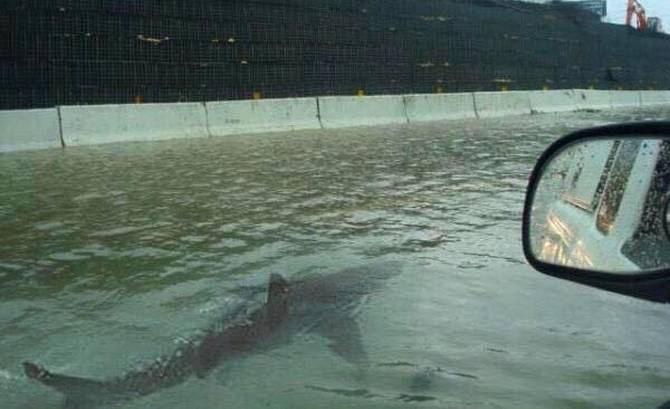The science behind forensic image analysis is growing fast and constantly evolving. Even within the last 5 years, the ability to take a photo, manipulate it to tell a different story, and circulate the misinformation online has become infinitely easier. The advent of smartphones, convenient digital image manipulation software and easy dissemination of information are throwing up new challenges that investigators and forensic technicians must adapt to.
Unfortunately, it is too risky to simply take digital images at face value. Instead, we must ask and have the tools to query, such as “Where did the image or video originate from?”; “Who provided it and is there any reason they might have modified it?”; “Is it a camera-original?”; and “Do I believe this is a true and accurate representation of events?”
To give a practical example, back in the summer of 2017, two images featured prominently in the initial reporting of Hurricane Harvey. The first was of a shark swimming along the Houston freeway. The second showed several aeroplanes virtually underwater at what was claimed to be Houston airport. These iconic images were circulated widely on Twitter and were featured on mainstream national media such as Fox News. There was just one small problem. Neither situation had actually occurred!


If this behaviour is widespread on social and traditional media, then why shouldn’t we believe it is also impacting police and legal investigations? After all, if members of the public are prepared to manipulate images for the sake of a few likes and retweets, what will they be prepared to resort to when the stakes are much higher?
Read the full article published in eForensics Magazine.




